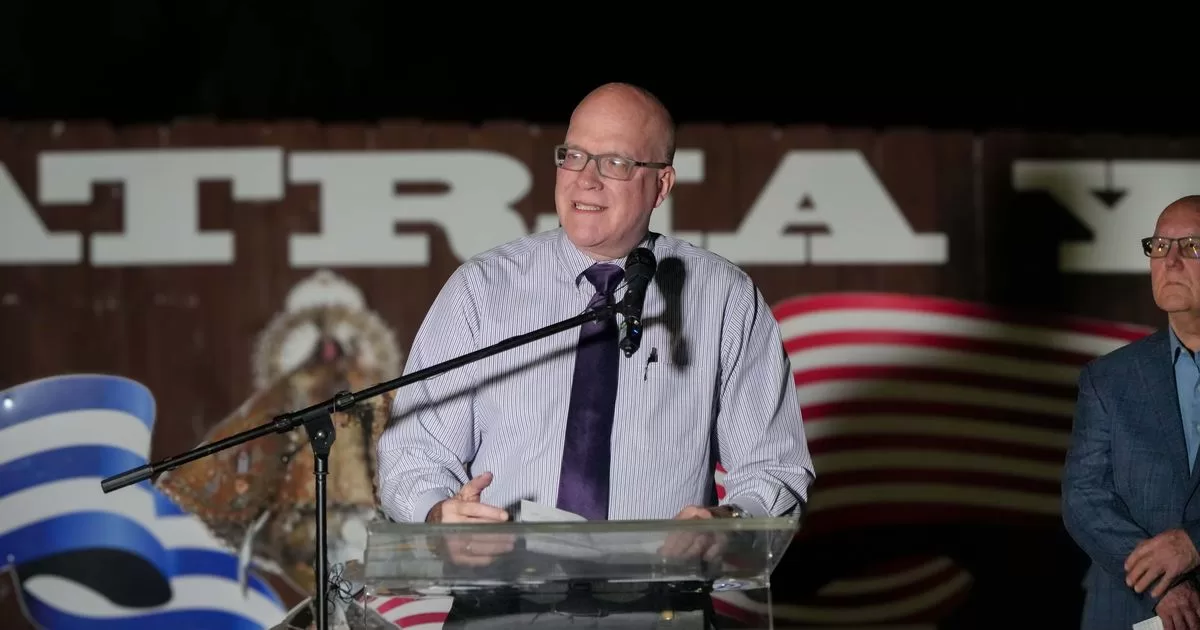“Both the national and provincial governments made the decision to make public works one of the management axes to respond to historical demands and generate roots. These objectives are still very much in force, but the inflation situation and the lack of inputs mean that public works are slower. There are works that slowed down because some inputs increased more than the possibilities of redeterminating prices or because there are shortages, especially imported ones”, revealed the Minister of Infrastructure, Public Services and Habitat, Silvina Frana.
The official assured that, based on the “responsibility” of the government and the companies, agreements have been reached to continue works, in the same way that happened “when we came to the government, we had to sit down with the companies to resolve a large debt that It caused a lot of works to stop”.
Less than ten months after the end of Omar Perotti’s term, the minister admitted that “there are many works” that the governor specifically asked to be completed “so as not to leave problems for the next government.” Among them, he detailed the tender for the San Javier waterfront, “a historic demand from the city,” where the first stage of the hospital is also “finishing” there and the second stage must be tendered: “in any case, I want to be cautious because everyone We know that we are in a moment of financial difficulties, so we are seeing what things we are going to be able to commit to and what things we cannot. You have to be very prudent as this government has been.
San Javier-Tostado Aqueduct
The governor of the province of Santa Fe, Omar Perotti, signed this Thursday with the Minister of Public Works of the Nation, Gabriel Katopodis, the act of beginning work on the San Javier-Tostado Aqueduct.
The San Javier – Tostado Aqueduct, which will be carried out with an investment of $56,948 million, is one of the most important water works of the Argentina Grande Plan, which will allow 124,000 people from 14 towns in the north of the province, which until now lack drinking water, have access to quality water from the Paraná River.
During the activity, carried out in the Autonomous City of Buenos Aires, Perotti expressed his satisfaction for being “one of the most important works for the province of Santa Fe and, particularly, for integrating a huge territory that for years and years had expectations to be able to have drinking water”.
In this sense, the governor explained that “if we draw a straight line on the map of the province of Santa Fe at the height of the city of San Justo, from there to the north only 20 percent of the population lives. It is an area that has had a strong migration process for a long time. One of the characteristics of that entire area has been the lack of infrastructure; and this work is a solution to pay off a debt”, remarked the president.
“Good news for the north -he continued-, with investments of these characteristics, it is very good news for the city of Santa Fe and for the city of Rosario. They are cities that receive many inhabitants from those localities, who today begin to have the real and concrete possibility that their area is having the development in its basic infrastructure that has been expected for so many years,” the governor concluded.
For his part, Katopodis stated: “This Aqueduct is a political decision and a job that we carry out with the Governor to carry out the most important and long-awaited investment in water throughout the province, so that more than 140,000 Santa Fe men and women can access to quality water.
See also the full note:


